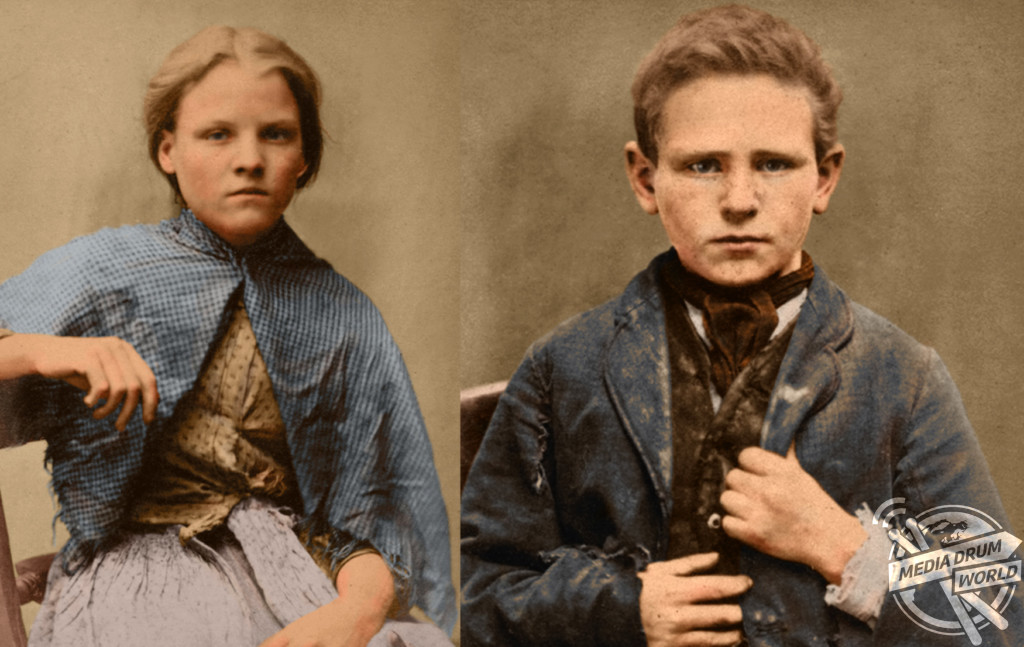By Timmy Odejimi
REMARKABLE colourised images give a glimpse into the lives of convicted child criminals in Newcastle during the 1870’s who were sentenced to hard labour for petty crimes.
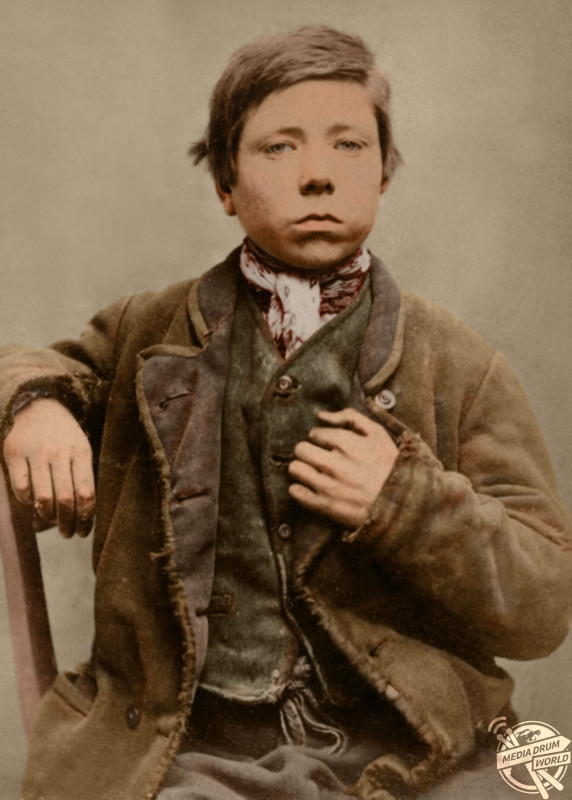
The incredible pictures show a range of children who have been sentenced to different types of punishments, from ten days of hard labour to two months in prison.
Other eye-opening images reveal the stern look and haggard appearance of the convicted children with many looking remarkably older than their actual ages.
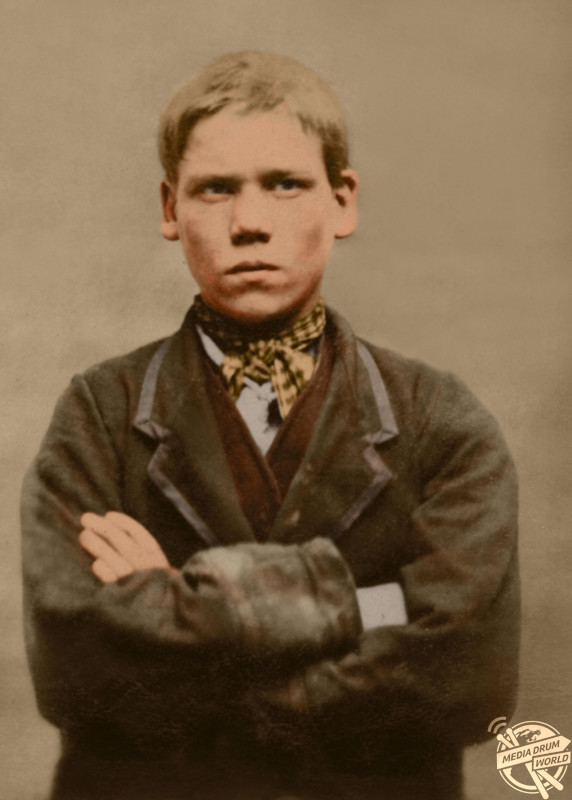
The children in the shots are of poor backgrounds, and their convictions were often for stealing daily necessities like food and clothes, but their sentences of hard labour and even time in prison seem harsh and extreme by modern standards.
The photographs were colourised by expert colouriser, Tom Marshall and provided by the Tyne and Wear Archives and Museums.
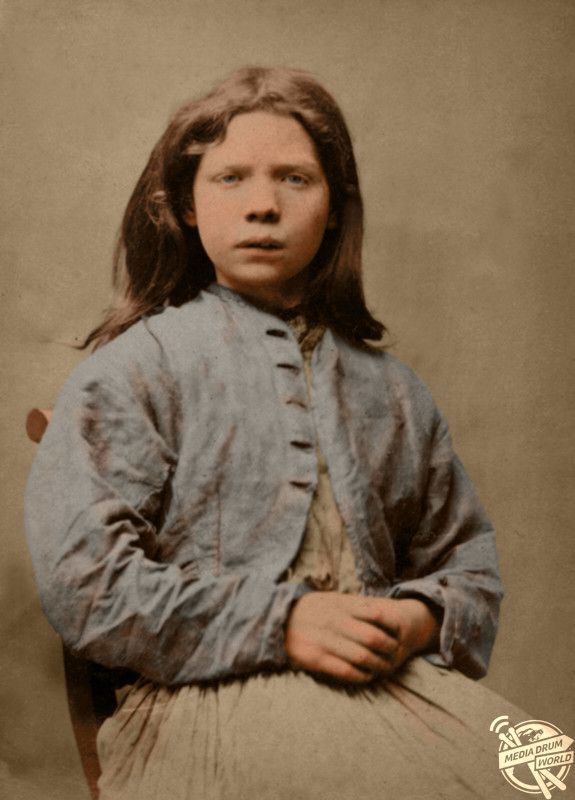
“The pictures show that the subjects look much older compared to people of the same physical age now,” said Rachel Gill, archivist at Tyne and Wear Archives and Museums.
“When you look at the crimes and the sentences the children were given, a lot of them were quite clearly in desperate circumstances, stealing just to survive.
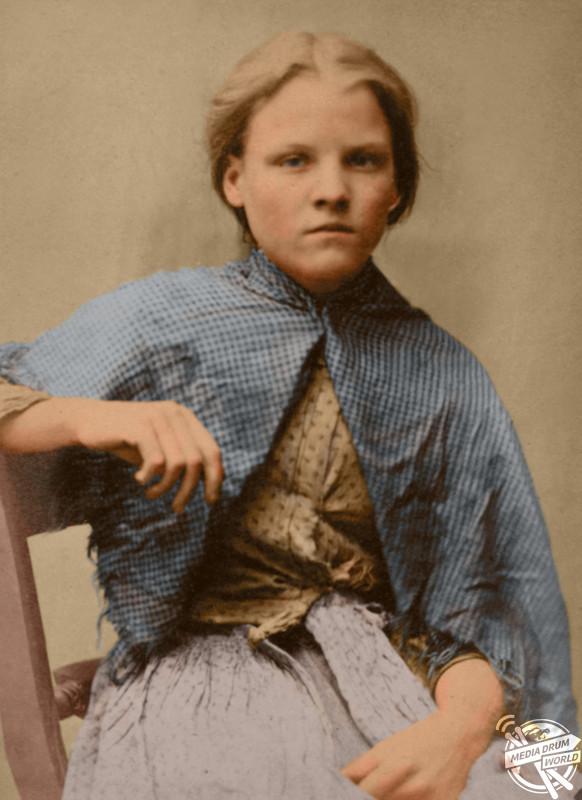
“From a modern perspective, these children needed help not hard labour.”
The nineteenth century saw a rapid growth in the population of Great Britain, with that came child labour as children were expected to help towards their family’s earnings.
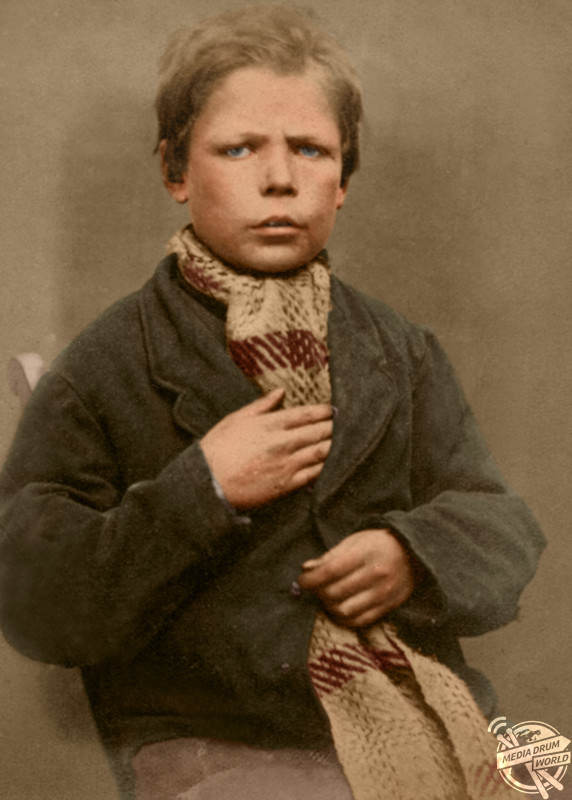
These colourised pictures paint a picture into how society treated children of poor backgrounds during the Victorian era.
“I colourise photos to bring faces, like that of these convicted children, to life and hopefully allow people to imagine their circumstances and how they must have felt at the time,” said Tom.
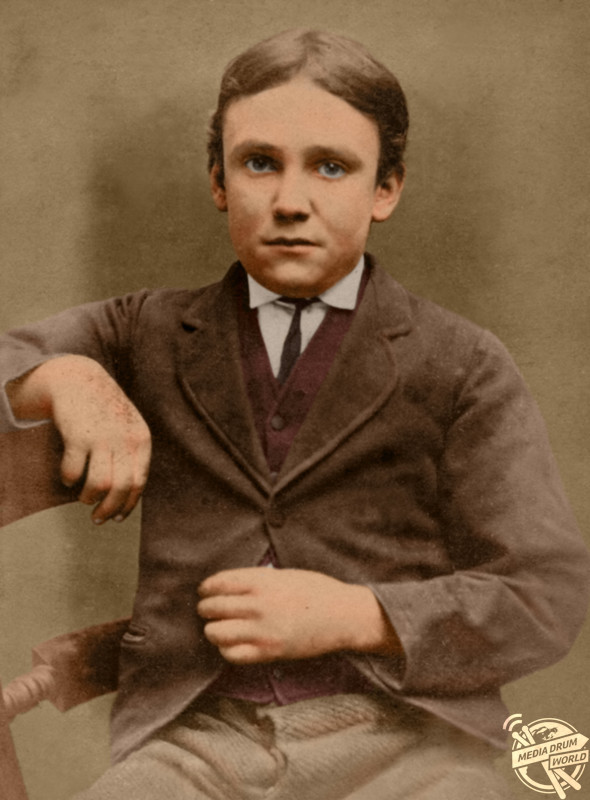
“This period shows the real people behind ‘official’ histories – people that are from the lowest levels of society, those really struggling to survive,” said Rachel.
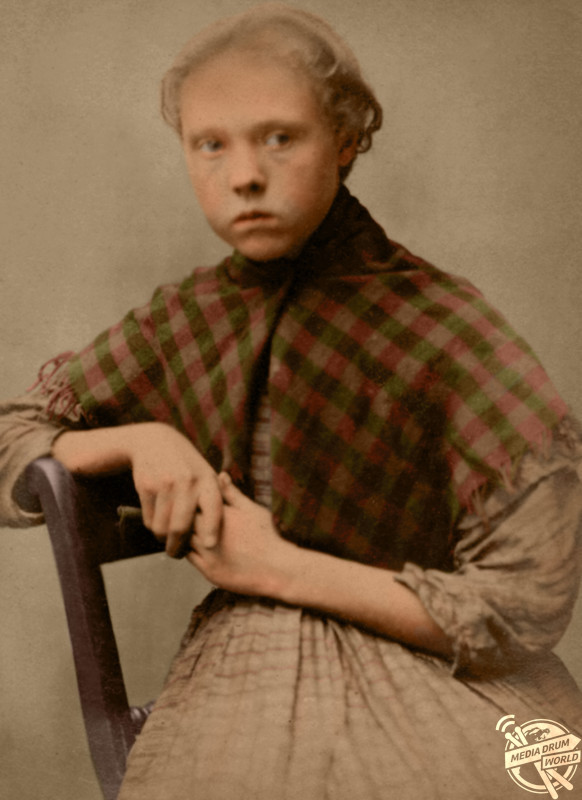
“The pictures were found when Newcastle jail in Carliol Square was demolished.”

